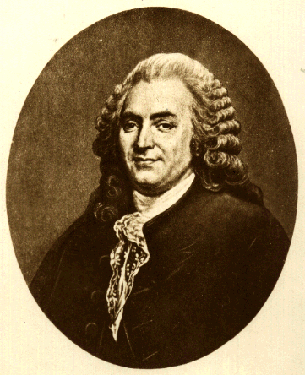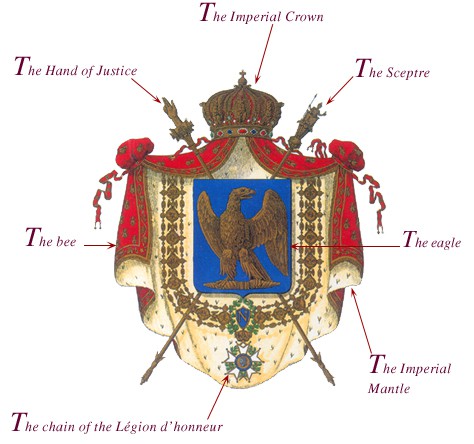Let us talk about the fascinating history and symbolism of bees.
Did you know that bees have been used as symbols in various forms for many years?
I am writing this post to show you the significance of bees in politics, economics, religion, and even heraldry!
First, I would like to talk about Percy Bysshe Shelley’s poem “A Song: Men of England”. This poem was written in 1819, in the wake of the Peterloo Massacre.
In this poem, Shelley depicts capitalist society as being divided into two classes: the parasitic class (drones) and the working class (worker bees). The poem is a call to action for the working people of England to rise up against their oppressors and fight for their freedom from exploitation.
The hive was also used as a symbol of various political systems. It was seen as a model for democracy, where the individual bee sacrifices its own interests for the good of the colony. On the other hand, the absolute rule of the queen bee was seen as a symbol of monarchy, tyranny, and dictatorship. I’m not sure which political system is best, but I know that when it comes to the colony of bees. A Queen is not to command the troops but to continue the production of workers and bees.
I’m no philosopher but I find it interesting to know that men and women of our history looked at bees with so much awe that they felt they needed to understand the colony structure.
Political Satire and Religious Symbols
In 1714, philosopher Bernard Mandeville published “The Fable of the Bees: or, Private Vices, Public Benefits”. This book consisted of a poem called “The Grumbling Hive: or, Knaves Turned Honest” and a commentary on it. The poem is a political satire of 18th-century England, and it presents a bee community that is thriving but corrupt. However, when some of the bees turn to honesty and virtue, there is a sudden drop in prosperity and the bees lose their hive. This illustrates the idea that “private vices” are necessary for prosperity. Despite its controversial nature, the book was very influential and offered an early examination of the workings of capitalism that would later be developed by thinkers like Adam Smith and Karl Marx.

The bee has also been used as a symbol in religion, particularly in Christianity. St. Ambrose, a 4th-century bishop of Milan, saw the bees’ pure, chaste, and hard-working behavior as an allegory for the monastic life. He encouraged Christian monks to emulate the bee as a model for their own lives.
St. Ambrose was a bishop of Milan in Italy during the 4th century. He was known for his religious writings and was an influential figure in the early Christian Church. St. Ambrose saw the behavior of bees as a symbol of the monastic life, which is a religious lifestyle characterized by devotion to worship and religious duties and often involves living in a community of like-minded individuals.
Bees are known for their pure, chaste, and hard-working behavior, and St. Ambrose believed that these traits were something that Christian monks could learn from and emulate in their own lives. He encouraged monks to think of the bee and its chaste, hard-working life as a model for their own, and to strive to live their lives in a similar manner.
St. Ambrose’s views on the bee as a symbol for the monastic life helped to shape the beliefs and practices of the early Christian Church, and his writings continue to be important today for those interested in the history of the Church and the role of religious figures in shaping the beliefs and practices of its members.
Symbols of Thrift and Industry
Bees and their hives have been adopted as symbols of thrift and industry by various groups. For example, the Freemasons used the beehive as a symbol in their official documents and drawings. The Cooperative Movement in England used representations of the wheatsheaf and the beehive in their official seals to symbolize unity and cooperation. Meanwhile, the Church of Jesus Christ of Latter-day Saints, or Mormonism, chose the beehive as its emblem to symbolize the ideals of hard work, order, and unity.
Finally, let’s talk about the use of bees in heraldry.
Design and Study of Armorial Bearings
The bee is the most popular insect in heraldry and the beehive is a common crest. In ancient Egypt, the bee was seen as a symbol of wisdom and a sacred emblem of royalty.
The Merovingians considered the bee a sacred creature and 300 golden bees were discovered stitched to the cloak of Childeric I.
Emperor Napoleon also adopted the bee as his personal badge, giving it great importance in the French armory.

So, as you can see, the bee has been a symbol of many different things throughout history. From politics and economics to religion and heraldry, the bee has been a source of inspiration and meaning for people all over the world.
I hope you enjoyed this post. Leave me a comment and let me know if you would like to learn something about bees and beekeeping that is not on our website. Thanks for Reading.

